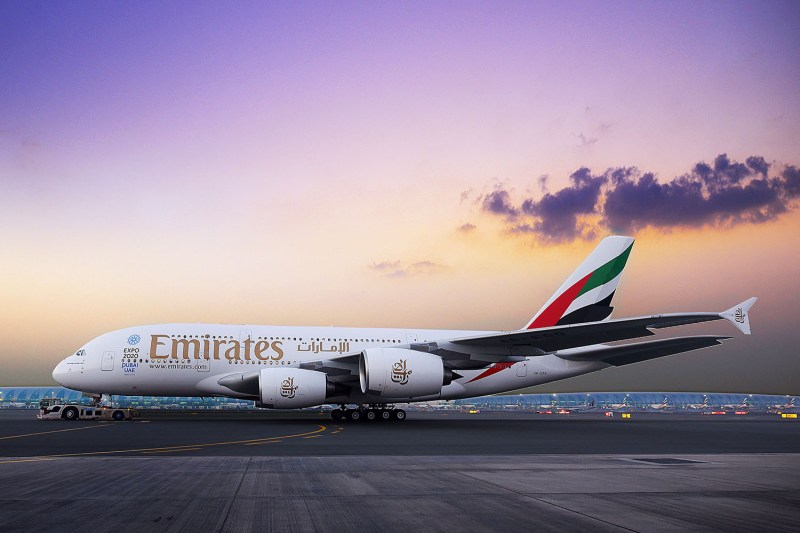
For some air travelers, the window seat is the only way to fly; for nervous flyers, aisle-lovers, and claustrophobics, it’s a source of pure anxiety. The airplanes of the future, however, might eliminate the concept of windows altogether. The question is: Would anyone want to fly them?
A new concept from the Dubai-based Emirates reimagines its fleet without any windows. From the outside, the fuselage of these next-gen planes will appear as a sleek, near-featureless aluminum tube. Inside, passengers will watch the world go by on ultra-high-definition “virtual windows” that rely on state-of-the-art, fiber-optic camera technology to relay the images to the cabin. Emirates president Sir Tim Clark told BBC that they’re “so good, it’s better than with the natural eye.” No word on whether the view would be customizable. If so, passengers could, for example, program their view to be a bright, sunshiny day even while flying through a severe storm.
It’s simple economics: windowless planes would be cheaper to build, more structurally sound, and lighter, which means they would burn less fuel.
The main reason airlines are eager to see this concept through, however, has nothing to do with passenger comfort. In reality, it’s simple economics: windowless planes would be cheaper to build, more structurally sound, and lighter, which means they would burn less fuel. All of which means they could also fly faster which equates to more routes — and therefore more money — per plane.
For now, there’s no definitive date on the concept’s launch. The biggest hurdle for any airline is the matter of safety. The ability to see out the windows in an emergency is crucial for flight crews. In the event of a fire or water landing, they rely on the ability to see the potential dangers outside. Even with a redundant system that includes backup cameras, it’s easy to see how the whole concept might fall apart in a severe crash.
Officials at the European Aviation Safety Agency said, however, that they “do not see any specific challenge that could not be overcome to ensure a level of safety equivalent to the one of an aircraft fitted with cabin windows.”
There’s still the matter of most passengers’ need to feel connected with the outside world. For long-haul flights in particular, where passengers might be crammed in an aluminum tube for the better of a day, having some tenuous connection to the outside world is at least a little comforting. In an already claustrophobic space, creating a situation where passengers may feel even more closed-in is a big ask. So it’s difficult to imagine airline passengers clamoring for this “feature” any time soon.



